

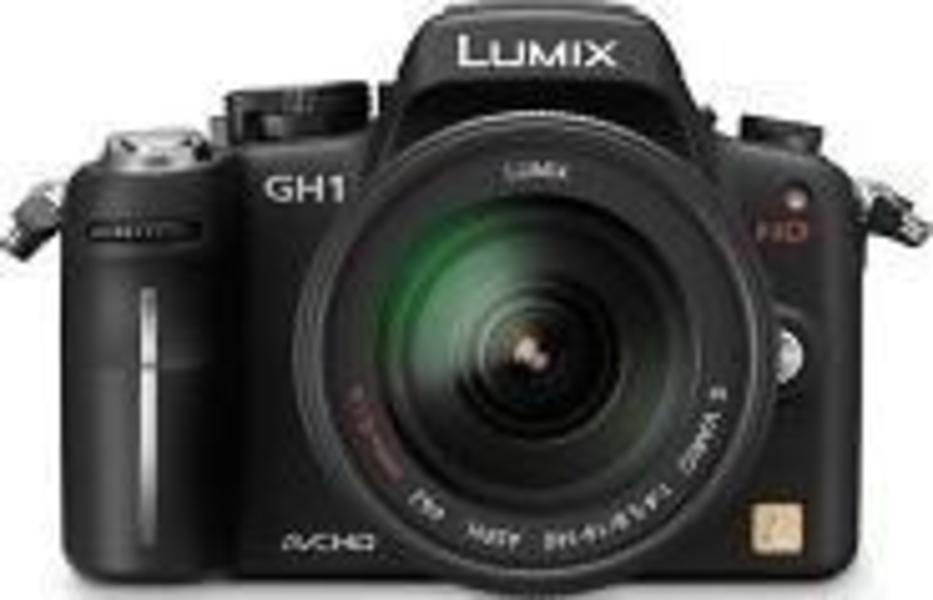








| Słaby | Przeciętny | Dobry | Świetny | |
|---|---|---|---|---|
3 in Najlepsza: Sony Cyber-shot DSC-W710 Rozmiar ekranu: 6,7 in | ||||
3200 Najlepsza: Pentax KP ISO maks: 819200 | ||||
12 Mpx Najlepsza: Hasselblad H6D-100c Efektywne piksele: 100 Mpx | ||||
4000 x 3000 px Najlepsza: Leica M11 Maksymalna rozdzielczość: 9528 x 6328 px | ||||

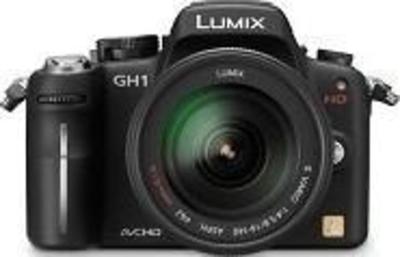



| Typ czujnika | Live MOS |
|---|---|
| Format czujnika obrazu | Cztery trzecie |
| Rozmiar czujnika | 18.89 mm |
| Fotodetektorowe czujniki | 14.0 Mpx |
| Efektywne piksele | 12.0 Mpx |
| Współczynnik obrazu w: h |
|
| Maksymalna rozdzielczość | 4000 x 3000 px |
| Inne uchwały |
|
| Edytor | Venus Engine HD |
| Mocowanie obiektywu | Mikro Cztery Trzecie |
|---|---|
| Zoom optyczny | 2.0 x |
| Zoom cyfrowy | 4.0 x |
| Powiększenie (współczynnik przycięcia) | 2.0 x |
| Maksymalny otwór przysłony | 4 |
| Wspomaganie AF (światło wspomagające) | Lampa |
| Kontrastowy autofokus | Tak |
| Autofokus w trybie nagrywania | Tak |
| Autofocus |
|
| Blokada automatycznego ustawiania ostrości (AF) | Tak |
| Ręczne ustawianie ostrości | Tak |
| Stabilizator obrazu | Tylko na bazie obiektywu |
| Średnica filtra | 62.0 mm |
| Autofocus z detekcją fazową | Nie |
| Tryby fotografowania | Scena |
|---|---|
| Typ migawki | Elektroniczny |
| Minimalny czas otwarcia migawki | 60.0 s |
| Maksymalny czas otwarcia migawki | 1.0 s |
| Priorytet migawki | Tak |
| Priorytet przysłony | Tak |
| Tryb ręcznej ekspozycji | Tak |
| Liczba ekspozycji | 3 |
| Kompensacja ekspozycji plus | 3 |
| Kompensacja ekspozycji minus | -3 |
| Kroki kompensacyjne Expousure | 1/3 |
| Automatyczna blokada ekspozycji | Tak |
| Ciągłe wyzwalanie migawki | Tak |
| Opóźnienie samowyzwalacza |
|
| Histogram | Tak |
| Tryby tematów / scen | Tak |
| Szybkość synchronizacji lampy błyskowej | 1/160s |
| Wbudowana lampa błyskowa | Tak |
| Zasięg błysku | 10.5 m |
| Tryby lampy błyskowej |
|
| Zewnętrzne połączenie flash | Gorący but |
| System pomiaru błysku | FP-TTL |
| Zewnętrzna lampa błyskowa | Tak |
| Ciągły napęd | 3.0 fps |
| Tryby scen |
|
| Samowyzwalacz | Tak |
| Tryby pomiaru |
|
| Ustawienia ręczne | Tak |
| Opcje samowyzwalacza |
|
| Szybkość (JPEG) | 3.0 fps |
| Prędkość (RAW) | 3.0 fps |
| Braketing ekspozycji | 0.3 - 2.0±EV |
| Wbudowany mikrofon | Tak |
|---|---|
| Typ mikrofonu | Stereofoniczny |
| Nagrywanie głosu | Tak |
| Filtr wiatrowy | Tak |
| Waga | 845.0 g |
|---|---|
| Szerokość | 124.0 mm |
| Wysokość | 83.6 mm |
| Głębokość | 45.2 mm |
| Rodzaj źródła zasilania | Zasilacz sieciowy |
|---|---|
| Żywotność baterii (CIPA) | 300 |
| Technologia akumulatorowa | Litowo-jonowy |
| Pojemność baterii | 1250.0 mAh |
| Napięcie baterii | 7.2 V |
| Liczba obsługiwanych baterii | 1300 |
| W zestawie zasilacz sieciowy | Tak |
| Nagrywanie poklatkowe | Nie |
|---|---|
| GPS | Nie |
| Czujnik orientacji | Nie |
| Kalendarz | Tak |
| Nadruk daty | Tak |
| Rama | Tak |
| Obsługiwane mocowanie do statywu | Tak |
| Tryby edycji obrazu |
|
| ISO |
|
|---|---|
| ISO Auto | Tak |
| ISO minimum | 100 |
| ISO maks | 3200 |
| Maksymalne ISO (boost) | 3200 |
| Maksymalna rozdzielczość obrazu | 4000 x 3000 px |
| Ustawienia balansu bieli | 6 |
| Tryby balansu bieli |
|
| Niestandardowy balans bieli | Tak |
| Obsługiwane formaty plików graficznych | JPG |
| Efekty fotograficzne | Czarny biały |
| Stabilizator obrazu | Tak |
| Rodzaj stabilizacji obrazu | Optyczny |
| Obsługiwane proporcje obrazu |
|
| Nieskompresowany format | RAW |
| HDR | Nie |
| Obsługa AEB / HDR | Tak |
| Rozmiar ekranu | 3.0 in |
|---|---|
| Odchylany wyświetlacz LCD | Tak |
| Technologia ekranu | LCD TFT |
| Kropki na ekranie | 460000 |
| Ekran dotykowy | Nie |
| Pole widzenia | 100.0 % |
| Na żywo | Tak |
| Wizjer | Elektroniczny |
| Zasięg wizjera | 100.0 % |
| Powiększenie wizjera | 1.4 x |
| Oddzielne wyświetlanie informacji | Nie |
| Maksymalna rozdzielczość | 1920 x 1080 px |
|---|---|
| Nagrywanie wideo | Tak |
| Rozdzielczość nagrywania |
|
| Typ HD | Full HD |
| Obsługiwane formaty plików wideo |
|
| System formatu sygnału analogowego | NTSC |
| Odtwarzanie z aparatu |
|
| Maksymalna liczba klatek na sekundę (najwyższa rozdzielczość) | 24.0 fps |
| Prędkość klatek Motion JPEG | 30.0 fps |
| Typ nadwozia | Kompaktowy |
|---|---|
| Materiał korpusu | Plastikowy |
| Kolor produktu |
|
| System przeciwpyłowy | Tak |
| Uszczelniony | Nie |
| Kompatybilne karty pamięci |
|
|---|---|
| Gniazda pamięci | 1 |
| Rodzaje przechowywania |
|
| HDMI | Tak |
|---|---|
| Ilość portów HDMI | 1 |
| Rodzaj złącza USB | USB typu A. |
| Wersja USB | 2.0 |
| Gniazdo wejściowe DC | Tak |
| Pilot | Tak |
| PictBridge | Tak |
| NFC | Nie |
| Sieć bezprzewodowa (Wi-Fi) | Nie |
| Firewire | Nie |

The micro-four-thirds standard created by Panasonic, Olympus and Leica has intrigued us but its mightiest product to date, the Panasonic Lumix DMC-GH1, leaves us scratching our heads.
Panasonic's latest camera tries to get the best of both compact cameras and SLRs
When Panasonic announced the DMC-G1 in September 2008, the industry saw its first real innovation for a long time: an electronic viewfinder interchangeable lens camera with a large (Four Thirds size) imaging sensor. Panasonic had managed to overcome a whole list of technical hurdles to produce the camera and the G1 featured an electronic viewfinder that got pretty close to a good mirror and prism, plus a contrast-detect autofocus that in terms of speed and accuracy could rival 'traditional' phase-detect systems of DSLRs.
The Panasonic DMC GH1 replaces its predecessor, the Panasonic DMC G1. Both are 12 megapixel four-thirds sensors with micro-four-thirds mounts, although the GH1’s is more video-oriented.At first glance, we would expect both cameras to have similar (if not identical) sensors. Actually, looking at the GH1 manufacturer’s specifications, this is definitely not the case, since the GH1 contains a slightly wider sensor capable of keeping the same diagonal size for different aspect ratios such as 4/3, 3/2, and 16/9. The sensor is natively 14 megapixels, but at most only 12 megapixels can be output in 4/3 aspect ratio (fewer with other aspect ratios), so we chose to evaluate its performance in 4/3 aspect ratio.
Panasonic is one of the primary supporters of the Four Thirds format system that utilizes a standard sensor and lens mount that allow you to use lenses from other companies supporting the format, including Olympus and Sigma. A refinement to the Four Thirds format, the Micro Four Thirds format is the current standard with bodies available from both Panasonic and Olympus. The first model from Panasonic was the Lumix G1, and the new GH1 builds on that platform with some welcome enhancements.
The new Panasonic Lumix DMC-GH1 is a new DSLR-like camera that can shoot both still photos and high-definition video. Based on the Micro Four Thirds standard, the Panasonic GH1 takes all the good points of the original G1 camera and adds a plethora of advanced movie-making functionality into the mix. Available now in black, red and gold for $1499.95 / £1299.99, Mark Goldstein finds out if the Panasonic Lumix DMC-GH1 is the best ever DSLR / video camera.
A sophisticated 'hybrid' camera that combines SLR-like controls for still capture with HD video plus stereo sound recording.Like some of the most recent DSLRs, Panasonic's new DMC-GH1 offers the added benefit of high-definition video capture - but also provides stereo sound recording. First shown at Photokina 2008, the GH1 is based on Panasonic's first Micro Four Thirds System (MFT) camera, the DMC-G1, and offers most of the same features for still capture. Unlike the G1, which came in black, red and blue, the GH1 will only be sold locally with a black body. In line with their MFT design, both cameras lack reflex mirror viewfinders but they provide the interchangeable lenses and sophisticated controls of the DSLR format in smaller, lighter bodies and are offered with MFT lenses.
When Panasonic announced the DMC-G1 in September 2008, the industry saw its first real innovation for a long time: an electronic viewfinder interchangeable lens camera with a large (Four Thirds size) imaging sensor. Panasonic had managed to overcome a whole list of technical hurdles to produce the camera and the G1 featured an electronic viewfinder that got pretty close to a good mirror and prism, plus a contrast-detect autofocus that in terms of speed and accuracy could rival 'traditional' phase-detect systems of DSLRs.
Panasonic GH1 review, find out how the GH1 stacks up against the competition in our real-world review with in-depth image quality comparisons.
When Panasonic first launched the GH1, its second Micro Four Thirds camera, it was widely seen as simply being a G1 with video shooting and a considerably more expensive kit lens. And, if your primary concern was stills photography then this wasn't an entirely unreasonable assessment. However, its real appeal was not that it had video, but that it offered what was, at the time, some of the most flexible, high quality video available. Again, the 14-140mm F4.0-5.8 kit zoom may not have been cheap but it had been specifically designed and built with fast, quiet autofocus and stepless aperture control to allow AF during movie shooting and exposure changes without sudden changes in brightness. Now that the G2 (along with the majority of contemporary cameras) is able to capture HD video, the distinctions between just being able to shoot HD and to really control it become more apparent. Stills shooters may get some advantage from the new, higher resolution sensor but the main differences between the GH2 and G2 are the ability to control the movie shooting process (both in terms of frame rate and shutter speed).
Panasonic's second Micro Four Thirds digital camera features high-definition video recording
The Panasonic GH1 is a 12.1-megapixel camera built on the Micro Four Thirds platform. The GH1 is Panasonic’s follow-up to the G1, which was the first Micro Four Thirds camera offered by the …
FacebookTweet If you want a peek at what the future of both still and video cameras might look like over the next few years, drop...
The HD-video successor to the camera that impressed us so much last year.
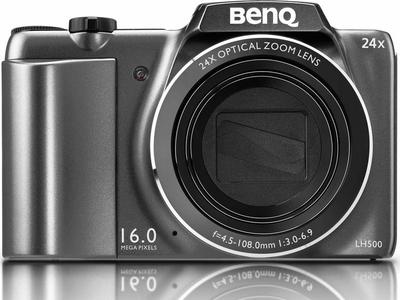 BenQ
BenQLH500
 Rollei
RolleiPowerflex 470
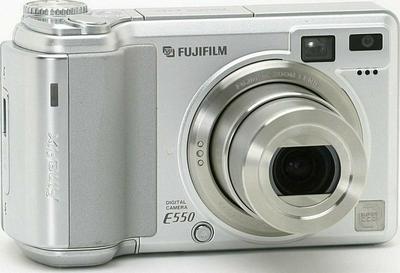 Fujifilm
FujifilmFinePix E550
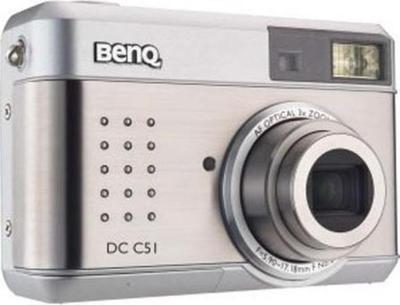 BenQ
BenQDC C51
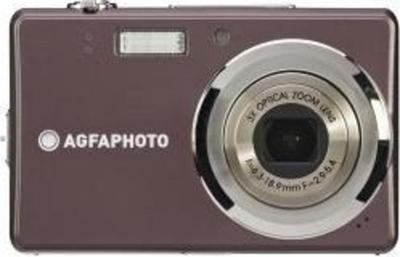 AgfaPhoto
AgfaPhotoOptima 105
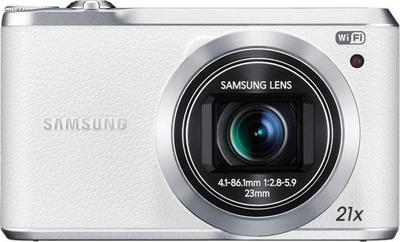 Samsung
SamsungWB380F




















